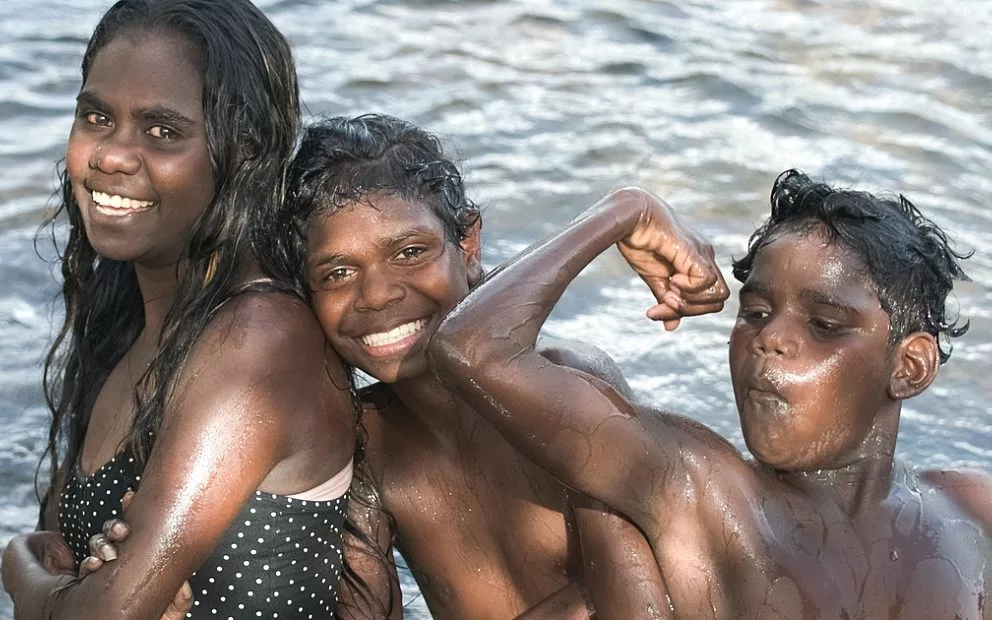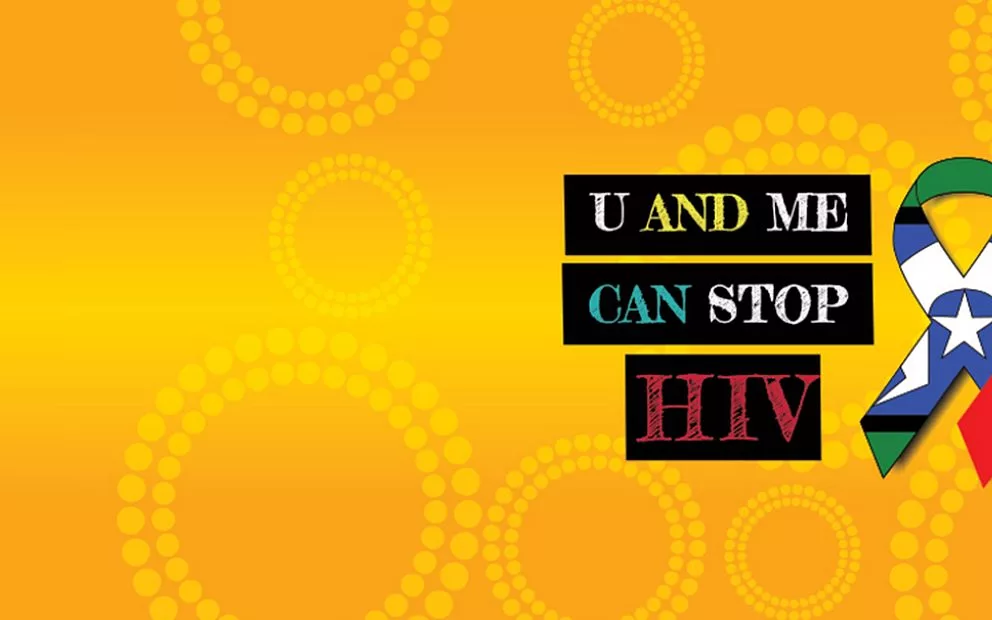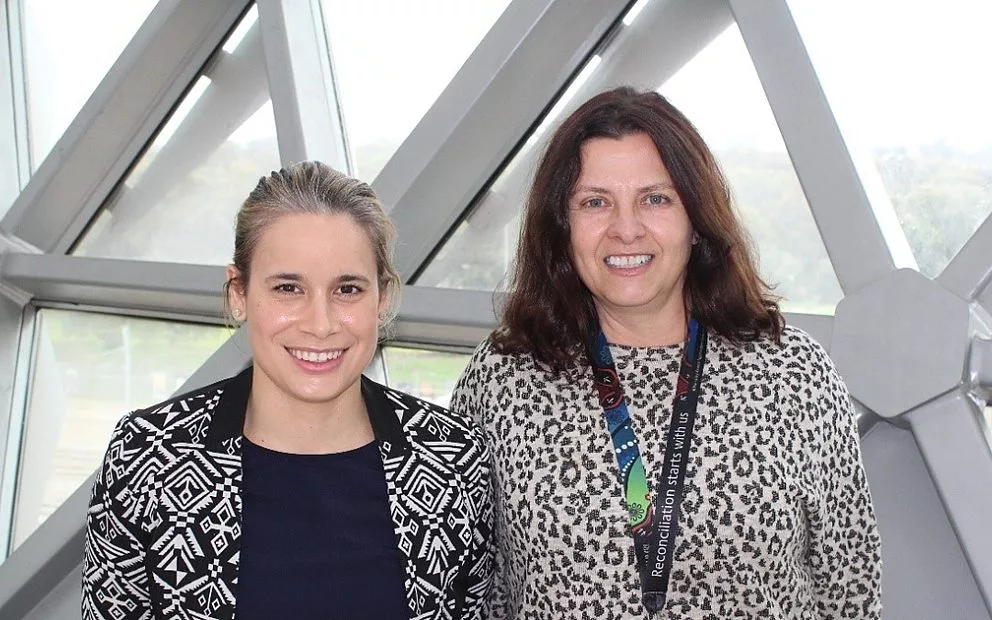A study published yesterday in the Lancet describes the health needs of Aboriginal and Torres Strait Islander (Indigenous) adolescents in Australia. The study, led by researchers from the South Australian Health and Medical Research Institute (SAHMRI) and the University of Melbourne, provides the first such profile of Indigenous adolescent health in any country.
Study Lead, Dr Peter Azzopardi, said that this knowledge is vital to informing more targeted policy and programs and improving health outcomes for this group of Australians.
“There has been a lot of good work in addressing specific areas of Indigenous adolescent health - but this is the first study to take a step back and consider what are the most pressing needs for Indigenous adolescents in Australia to ensure their health and wellbeing,” Dr Azzopardi said.
“This study identified many areas where investments will not only bring improved outcomes for Indigenous adolescents, but also the broader Indigenous population.”
Why is this study important?
A third of Australia’s Indigenous population are aged 10 – 24 years. Adolescence is also a developmental stage when foundations for health across the life-course are laid: there is transition in some of the most important social and cultural determinants (including education, employment and identity) and substantial change in health behaviors and risks. However, until this point, the health needs of Indigenous adolescents have not been described; this has been a barrier to effective policy.
Key findings from the study: what is the health status of Indigenous adolescents?
This study found that mortality for Indigenous adolescents was more than twice that of non-Indigenous adolescents, with about 60 per cent of deaths due to intentional self-harm and road traffic injury. Of note, eighty per cent of all deaths among Indigenous adolescents were potentially avoidable, suggesting a huge opportunity for health gain.
Communicable diseases (particularly sexually transmitted infections) were leading contributors to morbidity. There was an excess burden of mental disorders and substance use (almost a third of Indigenous adolescents aged 18 – 24 years reported high levels of psychological distress, twice the non-Indigenous rate) alongside emerging type 2 diabetes and ischaemic heart disease (conditions more typical of adulthood). Additionally, there were excess intentional and unintentional injuries such as road traffic accidents. Many aspects of this health profile differed markedly from that of non-Indigenous adolescents: rates of acute rheumatic fever, pneumococcal infection, gonorrhoea, and type 2 diabetes resulting in admission to hospital were ten times higher; rates of assault and childbirth in those aged 15 – 19 years were five times higher; whereas rates of eating disorders, skin cancers, and anaphylaxis were significantly lower.
Risks for future ill-health were common; despite gains made, 43 per cent of 15 – 24 year olds were current tobacco smokers and about 45 per cent had high body mass (overweight or obese).
Widespread disadvantage across social and cultural determinants underpinned these complex needs. Experience of racism was common. Many lived in over-crowded homes of insecure tenure and with substandard facilities. Almost 30 per cent reported economic stress and food insecurity. One in five reported having been arrested in the preceding five years, one in ten males aged 20 – 24 incarcerated.
Responding to the health needs of Indigenous adolescents
This study highlights many opportunities to improve Indigenous health and wellbeing. To do so we must:
1. Engage and empower youth and their communities
Young people are powerful agents of change and must be engaged in the design, implementation and evaluation of research, policy and programs related their health. Communities and families also play a key role in enabling and supporting adolescent health and wellbeing and they should also be respectfully engaged and consulted.
2. Better match health policy and action to the needs of Indigenous adolescents
The focus of policy needs to reflect the very different health needs of this population. Indigenous adolescents encounter a triple burden of health problems (communicable/ reproductive / nutritional disease; non-communicable diseases; and injury) that profoundly differ from non-Indigenous adolescents in Australia. Health needs extend beyond sexually transmitted infection, mental health, suicide and substance use (typically the focus of Indigenous adolescent health programming).
There is a need to take a much broader and integrated view of adolescent health which includes (but is not limited to): suicide and also non-fatal self-harm, unintentional injury and assault; adolescent sexual health and also reproductive health; mental health which addresses both immediate burden of mental disorder and also supports wellbeing; and key risks for future poor health which include overweight, nutrition, physical activity and substance use.
3. Ensure health care is accessible, and address health & wellbeing through other sectors
Health systems need to be adapted to respond to the needs of Indigenous adolescents, which considers culture, geography, family and community resources. However, many of the health needs of adolescents such as injury and violence are best addressed through sectors other than health. Inter-sectoral action must include the education sector given schools can be health promoting environments, and education is such as powerful determinant of health.
4. Ensure accountability of any investment
We need better systems for accountability including better coordination of data systems, greater engagement of Indigenous youth and their families and communities. While data around Indigenous adolescent health are improving, there is a need for further research, particularly to evaluate interventions. There is also a need for a set of indicators to monitor progress against any investments made.



